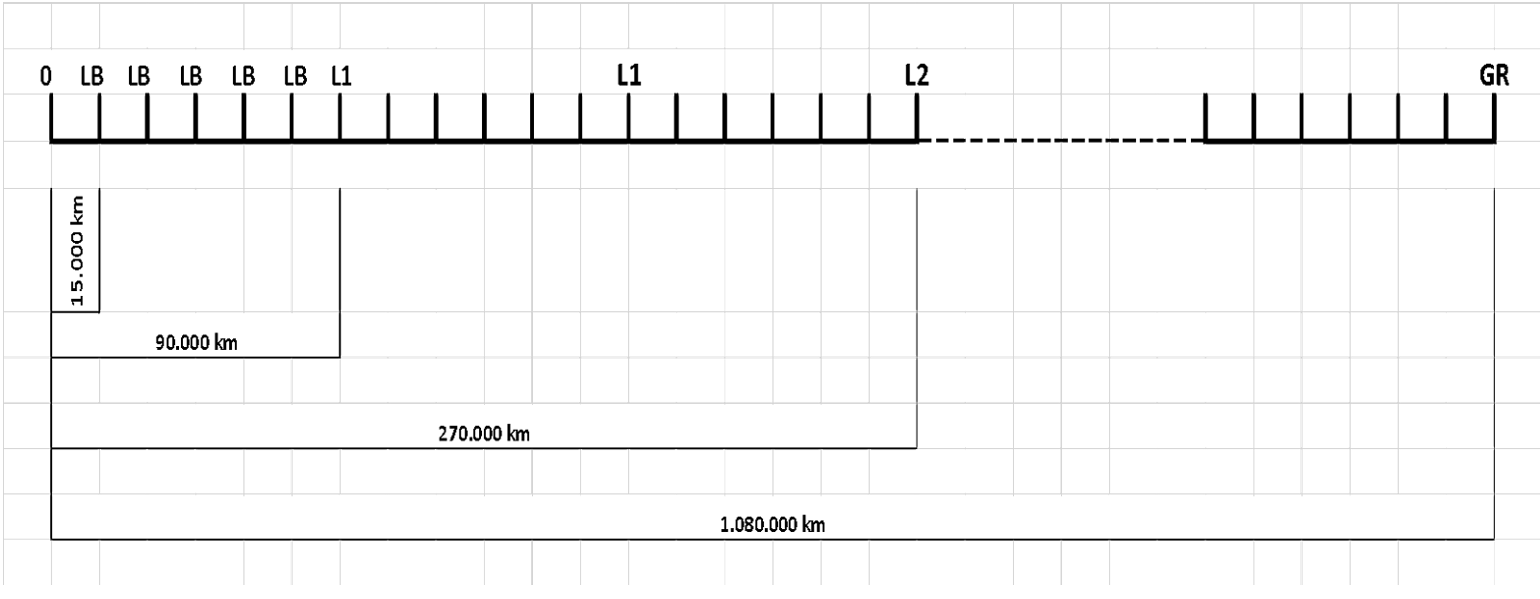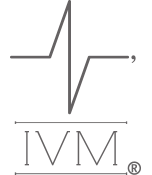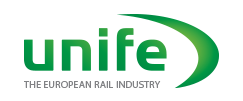The importance of measuring the distribution of vertical forces per wheel in static conditions for maintenance
The definition of PERIODIC MAINTENANCE is:
any maintenance activity that allows to constantly monitor the status of all the parts of the train, to fix critical issues to maintain the efficiency and reliability of the rolling stock.
It is based, above all, on procedures dictated by the maintenance plan. For example the check should be carried out when the train reaches a given mileage or a number of cycles, or operating time, without a preliminary investigation on the condition of the rolling stock. By scheduling the maintenance, also the procurement of the necessary materials and the train inactivity can be planned.
This content is aimed at focusing on periodic maintenance that is usually scheduled to take place on planned cycles to be repeated one or more time.
Periodic maintenance is based on interventions that are usually indicated with levels representing the degree of complexity, according to the following scheme:
- Level 1 maintenance
- Level 2 maintenance
- Level 3 maintenance
The 1st level maintenance corresponds to simple interventions on rolling stock components. These operations do not require the dismantling but only visual inspection or wear checks of brake linings, checks of the levels of lubricants, functionality verification of some systems, etc.
During the maintenance intervention, the train usually stops for a few hours (4-6 hours) and the activities are carried out in railway workshops with workstations that allow access to the various parts of the train (underbody, ceiling, floor). Usually, the interval intervention depends on kilometres: between 5,000 and 15,000 km of operation.
Level 2 maintenance is characterized by more consistent downtime (days) and involves the overhaul of some working systems, the scheduled replacement of components, the verification of safety systems, the execution of some so-called “non-destructive” tests (e.g. ultrasonic check of the axles). In some cases, in order to reduce the time of unavailability of the rolling stock, some sub-assemblies to be overhauled are replaced with other sub-assemblies already overhauled (e.g., traction motors).
The activities are carried out in railway depots that host the various parts of the train (the underbody, ceiling, floor). They are equipped with instrumentation capable of handling sub-assemblies even of considerable weight (bridge cranes, transhipment wagons, lifting jacks, etc.).
The intervention depends on kilometres: usually between 80,000 and 120,000 km of operation. This mileage on average corresponds to the annual mileage of a rolling stock, so that, in this phase, operations with an annual expiry date are also carried out.
The 2nd level maintenance interventions are the most complete ones that are carried out on rolling stock and involve the complete overhaul of some safety components (e.g., bogies, motors, door systems, braking systems, etc.). On average, every 3 or 4 interventions of 2nd level maintenance, this operation becomes more. This kind of intervention involves a series of major interventions which in most cases include the complete disassembly of all mechanical, electrical, pneumatic, set-up parts, etc. These operations require particular and specific equipment. This is the reason why they are normally carried out in dedicated areas of the railway workshops or in some specialized plants.
Below a standard schedule for periodic maintenance interventions:
 The main difficulty in applying this maintenance strategy lies in determining the most appropriate time intervals that must elapse between the various levels of periodic interventions. This choice must take into account various and complex technical-economic factors such as:
The main difficulty in applying this maintenance strategy lies in determining the most appropriate time intervals that must elapse between the various levels of periodic interventions. This choice must take into account various and complex technical-economic factors such as:
- Life cycle and fatigue life of each component;
- Tendency towards the progressive exaltation of wear, consumption and deterioration;
- Optimization of maintenance costs with a trade-off between intervention management and unavailability of rolling stock.
Everything should be done in compliance with the main purposes of the maintenance process, that are:
- Keeping the rolling stock in perfect working order;
- To guarantee the constant compliance of the rolling stock with the requirements imposed by the national and European regulations in force.
In fact, to respond more and more effectively to the need for the optimization of maintenance processes, there is an increasing tendency to combine the classic periodic maintenance to the on-condition and predictive maintenance approaches – thanks to the enormous and rapid technological developments in the field of diagnostic and monitoring systems.
These maintenance strategies include monitoring the real conditions of critical components and in general the actual state of the rolling stock through measurements aimed at monitoring the state of wear / functionality of all the subsystems of the train.


